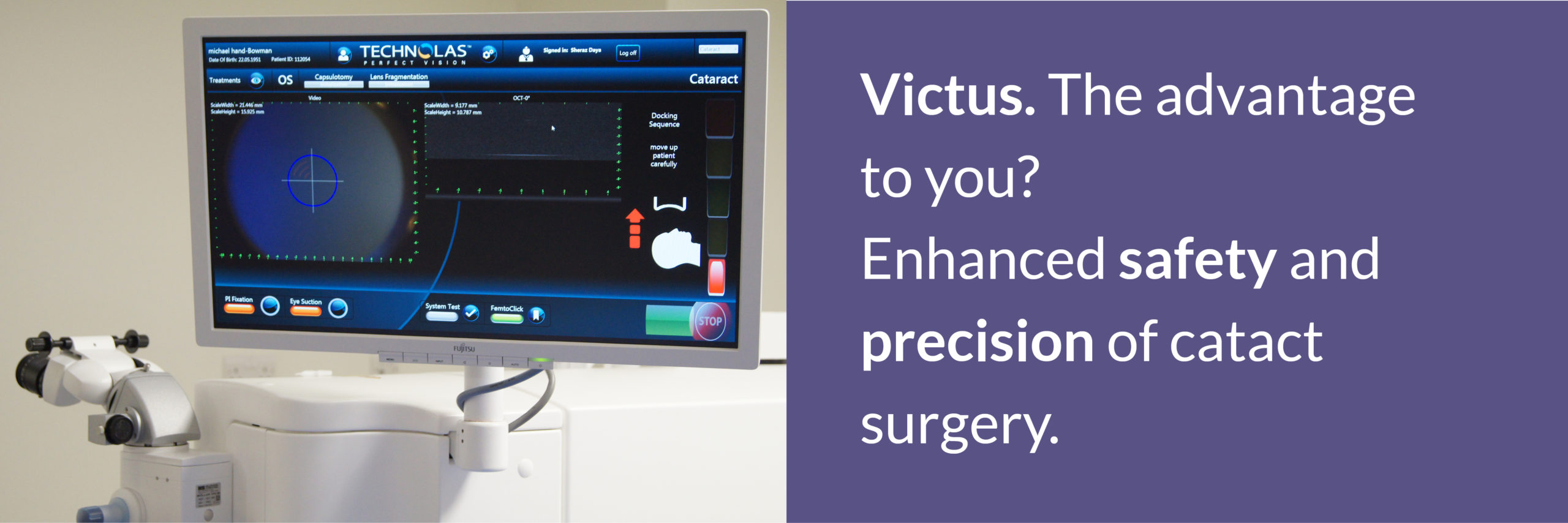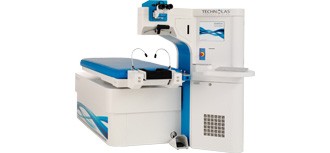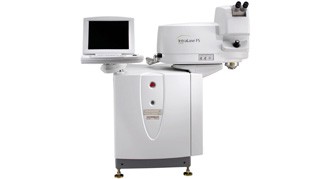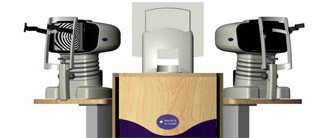Treatment Technology
Pioneering and innovative procedures require commitment to invest in the latest technology. On the inside of development and as an advisor and reference centre to the ophthalmic industry, Centre for Sight have consistently introduced new innovative technology to the UK — technology that has subsequently been adopted by other practices.
These ‘firsts’ include the introduction of Intralase blade-free LASIK laser eye surgery over eighteen months before any other UK provider — a procedure since acknowledged as the most advanced and safest laser eye surgery procedures currently available and approved for US fighter pilots and NASA astronauts.




